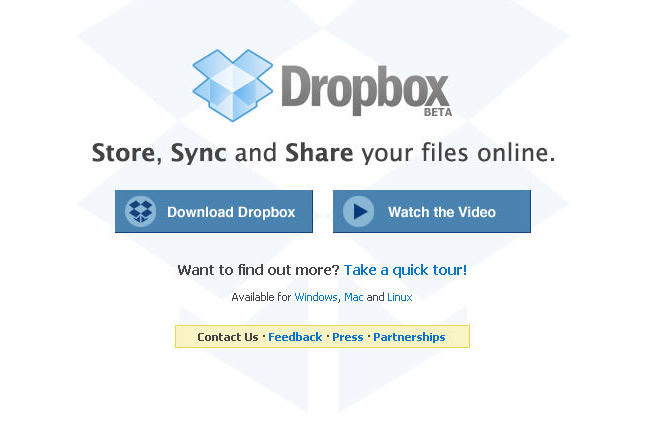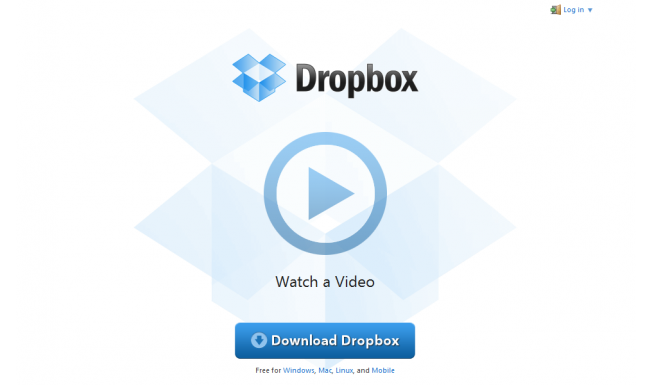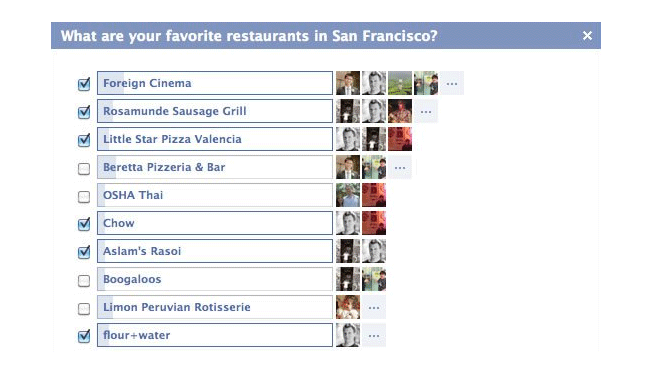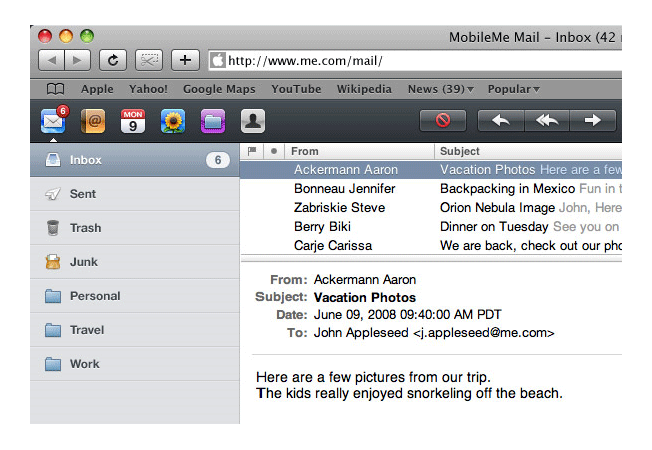Instagram: Bought for $1 billion, over 1 billion users
Dropbox: Worth $12 billion, over 500 million users
Foursquare: Worth $760 million, 25 million users
Twitter: Worth $20 billion, more than 300 million users
What do all of these products have in common? Outside of being wildly successful, they are simple and have a small feature set. The companies keep their product to the core function and reduce noise by maintaining simplicity.
Are these companies successful solely because they have a small feature set? No, they are successful because of execution, and product is part of execution.
In this blog post, we’ll be discussing why having more features doesn’t correlate with better product and doesn’t guarantee success. I’ll run through why it’s important to keep your product to the core function and how any loss of focus can negatively affect your business. And I’ll close with some tips that you can use in your own business.
More Features = Better Product?
“If I just add this feature, I’ll be a step closer to the competition and that much more likely to get customers.”
Your product is designed to solve a problem. If you’re adding a feature that doesn’t contribute to the solution, you may be wasting your time and worsening your product in the process. Let’s examine this in deeper detail:
Dropbox is designed to help people access their files on any device. Previously, people would have to carry around USB drives or email themselves files. With Dropbox, all that has become unnecessary. All you have to do now is upload it to the cloud.
For the most part, Dropbox has remained the same since its inception. There haven’t been many features added or any major design overhauls. It still integrates with your computer and runs in the background. Competitors have come and gone, each offering their own unique twist on cloud storage.
Minus (which has been discontinued) was one that offered 5x the storage of Dropbox and had a social component, too. Yet, in my opinion, by adding a social component, they took away from the core of the product, which I interpret as cloud storage. I liked Minus, but I find the social component made the product less desirable.
And Dropbox still remains the same. They have a mechanism which customers can use to request and vote on features, but overall the product hasn’t changed.
To illustrate how little Dropbox has changed throughout the years, here’s an example of their homepage when they were in beta:
Here it is currently:
For Dropbox, the core is the core, and there are no valueless features.
So how can a product get to be worth $4 billion when it doesn’t change or add new features? Because it has actually solved the problem that many people had. Anything additional may detract from the original solution. As CEO Drew Houston has said, “Keep the main thing the main thing.”
I like to think of Netflix and Dropbox as similar companies. Dropbox makes it unnecessary to carry around a USB drive by putting files in the cloud, while Netflix is hoping that all movies go in the cloud and become available from any device.
Beyond their cloud similarity, they also seem to have similar product philosophies. For example, think about some of the features Netflix could add:
Social networking – A social platform devoted only to movies and discussion around movies.
Tickets – A place to buy tickets to movies in theaters or a place to look up show times. This would create another revenue stream for Netflix.
Organized queue – A system to allow people to organize their movie queue into different folders, sorted by the user.
But would any of these add to the core value of the product? People are customers of Netflix because it has a massive DVD collection, no late fees, and a big streaming library. None of the features suggested above is any good because none of them adds anything substantial to Netflix’s core value. People would much rather have a great movie or TV series added to the Netflix streaming library than have another option to purchase movie tickets.
An organized queue doesn’t add any meaningful value to the majority of users. Perhaps for the rare few, but the majority wouldn’t touch a feature like that.
Customers go to Netflix to pick movies to watch, not to discuss movies. Similarly, people use Dropbox as a place to store and share files; that’s it. If the company adds a valueless feature, such as a social component, that would make the user jump through a few extra hoops just to be able to use the core product.
There’s a difference between making a feature and making a feature that enhances the core of the product. Dropbox, Netflix, and many other top companies know their users and their needs and exclusively build features that enhance the core.
Your Company’s Product Philosophy
What is your company’s product philosophy? How do you garner customer feedback and decide what to build and what not to build? Do you know what areas of your product are most popular? If not, you may want to get the data for this and have a richer understanding of your customers.
Here’s my thinking on product and feature development:
Your product needs to stay to the core solution. What is your product used for? Say, for example, that you sell men’s dress shirts online. These dress shirts are your own, designed by your company and sold exclusively by your company.
Your business is going quite well, making about $10k per month. But you and your team have decided that your goal for the upcoming year is to get sales at around $25k per month. So your company decides to offer a complete selection of men’s clothes and a couple of women’s items as well. On top of that, you offer a subscription where people can receive clothes monthly, wear them for a couple months, and then send them back or buy them.
Unfortunately, a couple of months into the experiment, things are not going so well. People have heard of you because of your dress shirts, but they become confused by the variety of items offered. They cannot determine on your website which ones you are known for and become annoyed at being pushed to purchase your subscription service. Out of frustration, users exit your site and shop elsewhere.
The same thing can happen with an internet product. A focus away from the core can frustrate users and drive them away.
For an analogy, look at your product like a calculator. Most calculators are used for pretty basic functions: adding, subtracting, dividing, and multiplying. But when calculators get like this:
They can get infinitely more complex. There are uses for heavy duty calculators like this, but it’s ultimately for a minority of users. Granted, the people who aren’t going to use more advanced functions aren’t buying that kind of calculator, but the problem is you probably have just one product that isn’t tiered for beginner-advanced users.
Many products can become too bogged down and bloated with excess, like this calculator. The majority of people who use a calculator really only need or want basic math functions. When your product is complicated, like this calculator, then you’re weighing users down with things that the majority of them never asked for or needed.
Your Product
In this final section, I’d like to give you some ideas for your product. Read through them and see if any appeal to you:
Kill a Feature
Angel investor Dave McClure encourages entrepreneurs to kill a feature every week and see if users notice that the feature is missing. By doing this, you’ll have a better understanding of how users use your products and which aspects of it they value.
Surveys
If you survey users, you’ll have an understanding of their objectives and needs. You can take that knowledge into your product and find some areas in your product to improve upon and other areas to take away.
Deep Understanding of Users
With surveying and looking at user behavior, you’ll get insights into what areas are most pressing for users. Customer demographics change all the time for every company, nothing stays constant. But the persona of your customer doesn’t change much over time. So by knowing your customers and their behaviors, you can get a sense of what they may like and what they may not like.
For instance, ESPN is in the business of sports. Because they know their customers are sports fans, they know it wouldn’t make sense to broadcast and discuss world issues or hold political debates. There are plenty of other outlets for that. They know people go to their station and website to watch sports and get sports news, so they tailor their product to fit their customer. They can also take this knowledge about their viewer into building any future products. They know what customers may like, may not like, and they may even try experimenting with a few things.
Don’t Build Anything without Talking to Customers
You’re building and iterating on your product for customers, so it doesn’t make sense to ignore them when you’re building a new feature or iterating on a current one. If you have an idea, whether it’s crazy or not, it’s always a good plan to ask your customers. Tell them about the general idea that you’re proposing and get their feedback on it.
Take a Different Mindset
A lot of people (I’ve done it myself) make the mistake of thinking:
“If I can just get __ I’ll be so much happier/better/wealthier/etc.”
As people often find out, getting the ___ doesn’t mean more ____.
I think it’s the same with products. Companies think that if they add a feature, it’ll mean a better product and more customers. Yet it’s often not the case. Once the mindset shifts from:
“What new feature can we build?”
to
“What can we learn from our customers today?”
you’ll be closer to finding success.
It’s Better to be Great at a Few Things than OK at 100 Things
“Focusing on just one or two features is really important.” Angel Investor, Mike Maples
As I mentioned in my calculator analogy, most people use a product for only a few functions. There are advanced functions for the minority; but for the majority, those go untouched. For instance, most people never use the picture-in-picture feature on their TV, in part because it may be too difficult.
Most people never used the Facebook Questions feature, perhaps because many of them were too used to posting text-only status updates.
A lot of people didn’t use Apple’s MobileMe, perhaps because it wasn’t a true Apple product and most people don’t see Apple offering a service like that. They view it as a computer and device company, not an internet services company:
Don’t overbuild your product. Stick to your core function when building the product. Anything new should be a mechanism to enhance the solution. Randomly adding features without focus, direction, or vision is a recipe for failure.
Just because a small minority of people wants a feature doesn’t mean that you should build it. There’s value in constraint. I have no doubt that everyday Instagram employees are flooded with requests for new features. I don’t think it’s any different for Dropbox, Netflix, Twitter, or any other company. But in my opinion, the great companies have discipline to stay focused on the core. New features are developed after heavy discussion with customers and a free flowing dialogue in the company. I don’t think any great company makes a habit of brainstorming and internally developing new features, not even the ultra-secret Apple.
So before you build your new feature, hold off and see if it actually will benefit your product. Apple sold millions of iPods without an FM radio player, while its competitors sold half as many that had double the features. Take a lesson from Apple. Focus on design and excellence in a few areas, rather than trying to satisfy every need for every user. You’ll end up with a better product.
About the Author: Zach Bulygo is a blogger, you can follow him on Twitter @zachcb1.






Comments (36)